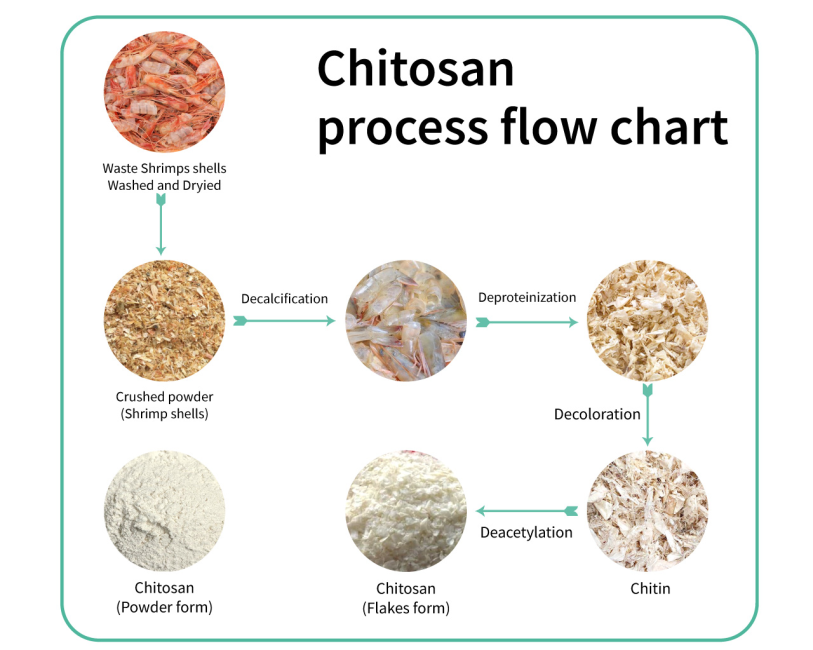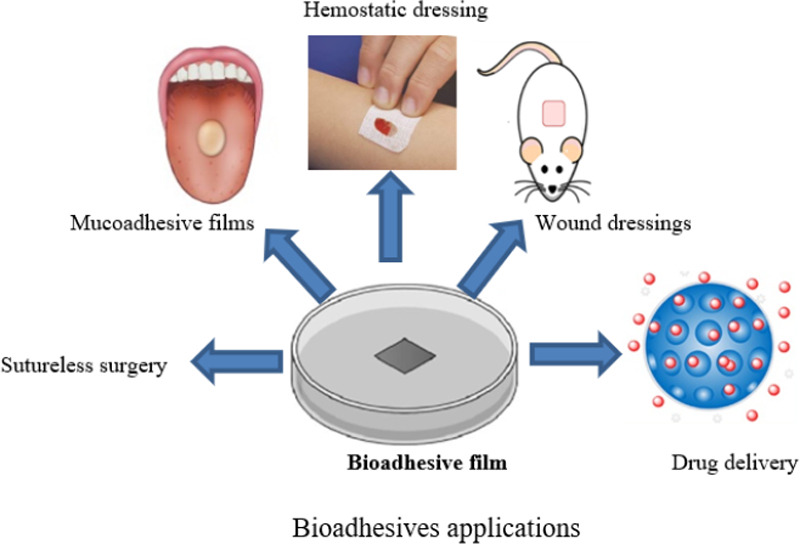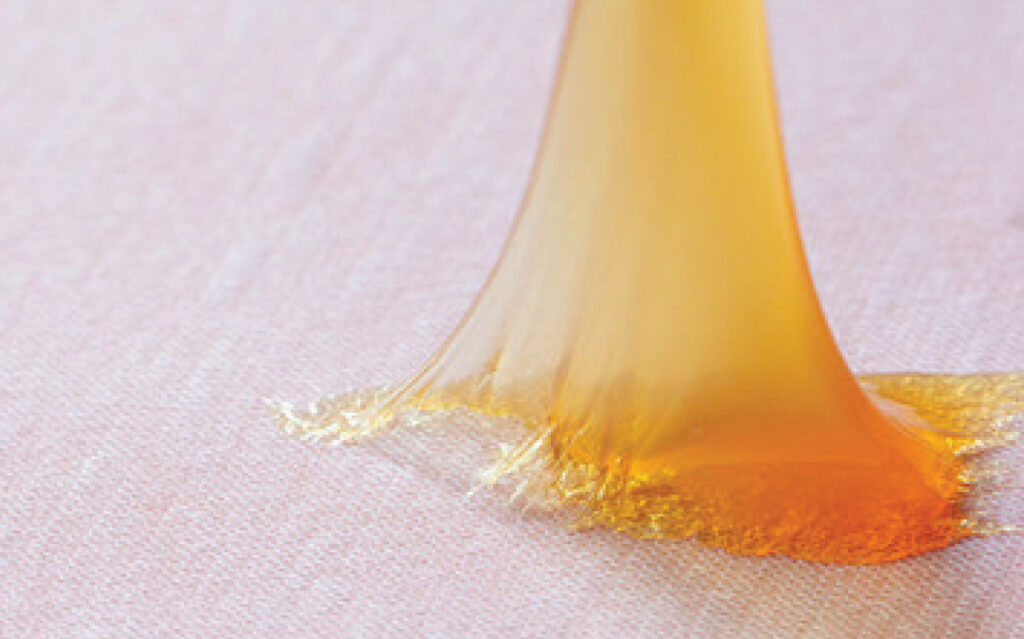Overview of Chitin & Chitosan:
Chitosan is derived from chitin. Chitosan is made by treating (deacetylating) the chitin shells of shrimp and other crustaceans with an alkaline substance. Shrimp heads and shells can generate valuable products, mainly bioactive compounds like Chitin, Chitosan, Glucosamine, Astaxanthin, Amino Acids, Fatty acids, etc.
Chitin is the second most abundant natural polysaccharide, after cellulose. Chitin exists in the shells of arthropods such as crabs, shrimps, and insects and is also produced by fungi and bacteria. Both chitin and chitosan are rigid and crystalline polymers, contributing to their strength and insolubility in water at neutral pH. In acidic conditions, chitosan can be dissolved due to the protonation of free amino groups, while chitin is insoluble.
Chitosan is a biodegradable polymer with numerous benefits like non-harmfulness, bio similarity, and biodegradability.
Due to the promising properties of chitosan for biomedical engineering applications like biodegradability, biocompatibility, and non-toxicity, Chitosan is one of the most interesting biopolymers in this field. Chitosan has a number of commercial and possible biomedical uses and it is also used as a food ingredient or additive.`
Process:
Chitosan extraction is done by following three major steps, i.e., demineralization, deproteination and deacetylation.

More applications of Chitin and Chitosan:
- Chitosan and derivatives have been explored in the development of nanomaterials, bio adhesives, wound dressing materials, improved drug delivery systems, enteric coatings, and in medical devices.
- Due to its good physicochemical properties and unique biological properties, chitosan finds applications in many industries, including the medical, food, chemical, cosmetics, water treatment, metal extraction and recovery, bioplastics, biochemical, and biomedical industries.

Chitosan in Biomedical applications
- Chitosan and derivatives have been explored in the development of nanomaterials, bio adhesives, wound dressing materials, improved drug delivery systems, enteric coatings, and in medical devices.
- Due to its good physicochemical properties and unique biological properties, chitosan finds applications in many industries, including the medical, food, chemical, cosmetics, water treatment, metal extraction and recovery, bioplastics, biochemical, and biomedical industries.
Biomedical Chitosan provides a thorough insight into the complete chitosan chemistry, collection, chemical modifications, characterization and applications of chitosan in biomedical applications and healthcare fields. Chitosan, a biopolymer of natural origin, has been explored for its variety of applications in biomedical research, medical diagnostic aids and material science.
Chitosan has been used in different biomedical applications, mainly as a drug carrier, wound accelerator, hemostatic agent, fat binder, antimicrobial agent, and recently, as a bio-ink ingredient for 3D printing and bioprinting.
Chitosan based bio adhesives
The amino group in chitosan leads to significant protonation in neutral solution, increasing with increased acidity (decreased pH) and the DA-value. This makes chitosan water-soluble and a bio adhesive which readily binds to negatively charged surfaces.
Chitosan bioadhesives have been widely used in various biomedical applications such as drug delivery, wound dressings, and hemostatic and sutureless surgery.
Chitosan can be used in 3D scaffolds – as gels and sponges – and in 2D scaffolds – as films and fibers with a special focus on wound healing applications.
There are many kinds of research done on chitosan-based bioadhesives applications and the results confirm wound healing, hemostatic, and adhesion capabilities of the chitosan bioadhesives and their great potential for biomedical application.

How does it work and its benefits?
- Chitosan-based adhesive glue stops bleeding and seals wet dynamic tissues in less than 15 seconds independent of blood clotting rate. The Chitosan based bioadhesive is a coagulation-independent hemostasis tool for wound closure and surgical repair and in wet, dynamic, and contaminated environments.
- The bioadhesive sheet made by Chitosan which forms the bioadhesive glue consists of a hydrophobic oil that repels blood which sort of cleans the surface of its moisture and contaminants to allow the glue to adhere to tissue. These lipid microparticles covalently interlink with each other and the tissues once gentle pressure is applied, priming the glue for its hemostatic and sealing functions.
- The hydrogel precursor solution when injected into the body, the hydrogels are formed within the 30s and firmly adhered to the bleeding tissues and also show effective hemostasis. Due to this, it shows that multifunctional hydrogels have a great potential in the biomedical application.
Properties of chitosan which benefits in different biomedical applications:
| Sr. no | Type | Biomedical applications | Chitosan Properties |
|---|---|---|---|
| 1. | Hydrogel | drug/growth factor delivery | Soft flexible, non-toxic |
| 2. | Sponges | Wound dressings | Soft |
| 3. | Sponges | Tissue replacements/engineering | High porosity |
| 4. | Films | Coatings for a variety of scaffolds wound dressings skin substitutes | Material coating, High porosity |
Conclusion:
Chitosan has been widely used in biomedical applications due to its bioadhesive properties. Chitosan is a biocompatible, biodegradable and nontoxic polymer which is extensively studied as a bioadhesive material.This is due in part to its characteristics of high molecular weight, degree of deacetylation, gel-forming at low pH, and also due to its poly-cationic character, which imparts its ability to bind strongly to mammalian cells.
Chitosan has its great potential for biomedical applications such as drug delivery systems, wound dressing sutureless surgery, etc. Positively charged chitosan generally becomes readily soluble in acidic to neutral solutions. It depends on the charge density and degree of deacetylation. Its inherited bioadhesive property allows it to attach to negatively charged surfaces. Chitosan also has antibacterial activity. It is stated that the hydrophilic nature of bentonite enhanced the water absorption ability and mechanical strength.


